Brands stall product launches amidst rising risks
CPG innovation hits a record low of 35%.
Global innovation in consumer packaged goods (CPG) has slowed to a crawl, with only 35% of product launches in early 2024 deemed truly new, according to Mintel’s Global New Product Database (GNPD). The steep drop reflects growing caution among brands facing rising costs and unpredictable market conditions.
“Economic and geopolitical uncertainties are making brands nervous. It's forcing them to reassess how they bring new products to consumers,” said Matthew Crabbe, VP of Trends, APAC at Mintel.
Crabbe pointed to a deeper issue: a disconnect between what companies produce and what consumers actually want. “Brands must ground that innovation in real evolving consumer needs rather than recycling broad one-size-fits-all strategies. Blanket selling simply doesn't work anymore,” he warned.
Inflation has only sharpened the divide. “Consumers are becoming a lot more discerning... They have a higher expectation for justified innovation,” Crabbe said. “If it costs more, it has to deliver more—be it nutrition, sustainability, or local sourcing.”
According to Murtaza Bakir, SVP Commercial, ASEAN and India at Mintel, brands that fail to evolve risk more than just slowing sales. “There’s a very real possibility that consumers go down the value chain—from premium products to mass-market, and eventually to private labels,” he said.
Bakir suggested brands look inward before expanding outward. “There’s an opportunity to do more with existing products—through incremental innovation, like added nutrients, new flavors, or convenient packaging,” he said. He also pointed to underserved growth segments: “In ASEAN and India’s tier-two and tier-three cities, we see an aspirational middle class. That’s a big opportunity.”
Technology could help—but only with the right balance. While AI accelerates data processing, Crabbe said it can’t replace cultural context or emotional insight. “Trends are about people. They’re subtle, emotional, and constantly shifting. AI can’t fully grasp that,” he said.
Bakir reinforced that point: “AI is simply a force multiplier. When we combine AI with robust research and human expertise, it really has the potential to accelerate innovation and bring to market much more meaningful innovation.”
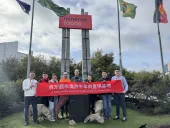






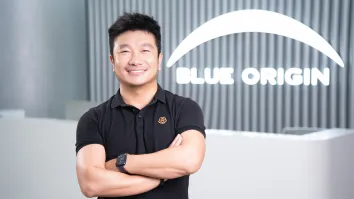


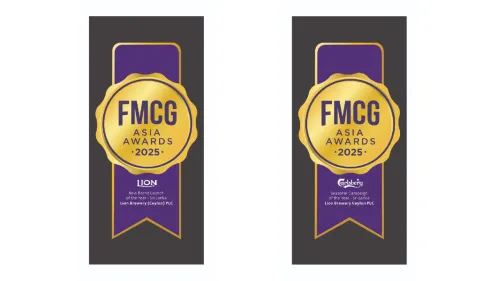

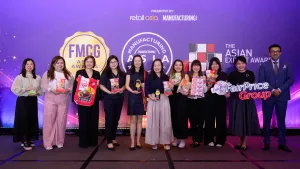
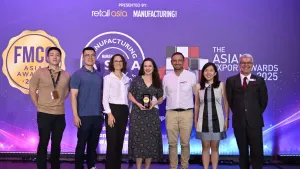




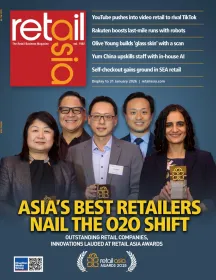
 Advertise
Advertise








Commentary
This 11.11, the real battle lies in shopper confidence – not the biggest discount